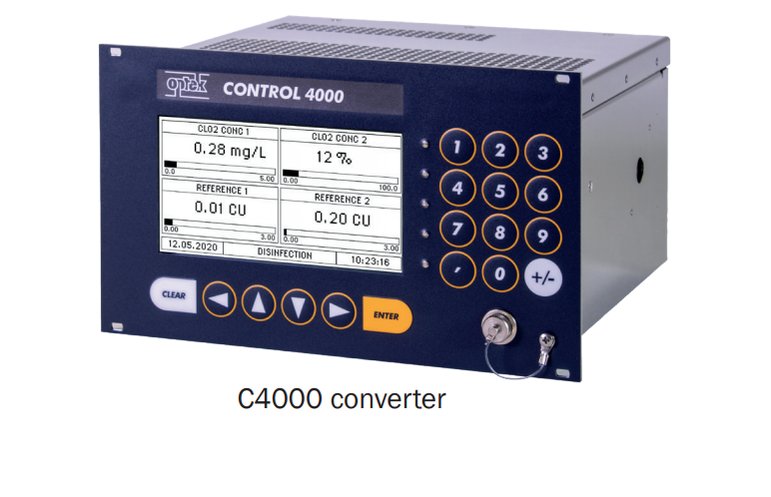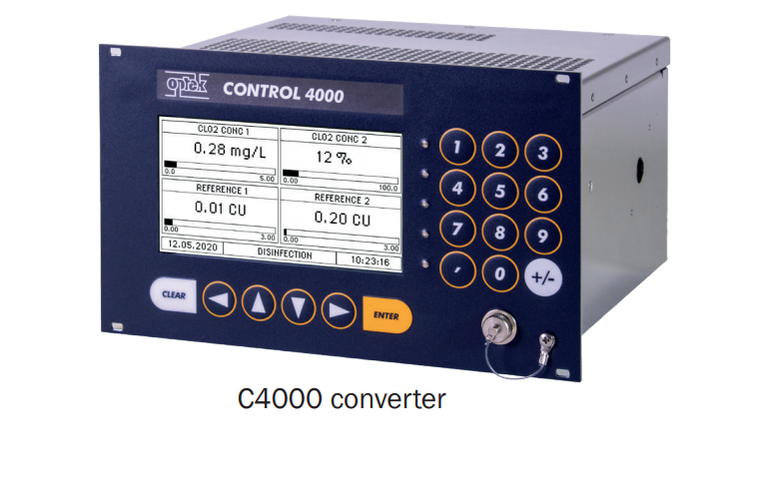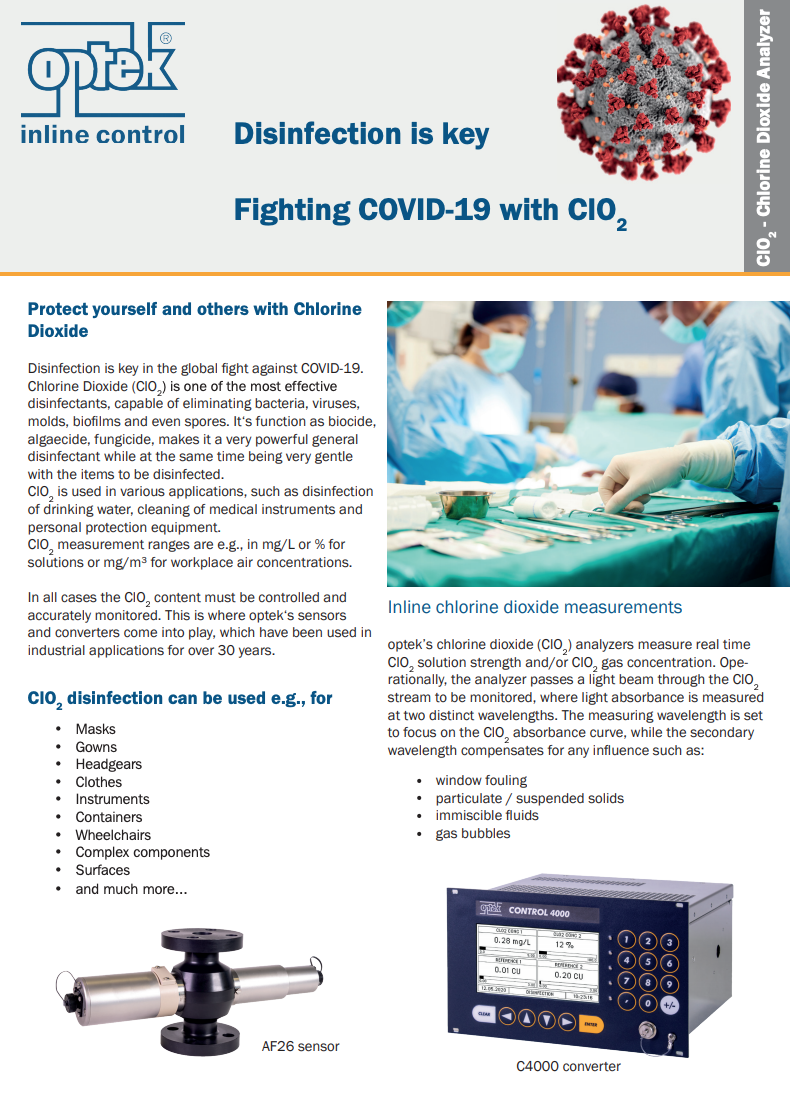As the COVID-19 coronavirus spreads across the world, medical staff and the public are both continuing to learn about the virus and how to minimize its effects. This typically involves washing hands frequently and using alcohol-based hand sanitizers to minimize the spread of germs to friends, family, and acquaintances. Several individuals are also participating in self-quarantine practices, to further prevent the virus from reaching more people. In the healthcare industry, doctors and nurses use equipment to protect themselves from contracting and spreading diseases. Specialized rooms (often referred to as isolation rooms) can either contain airborne infectious diseases, or offer a protective environment.
What are Isolation Rooms?
Isolation rooms are specific rooms within a hospital that are designed to control the spread of airborne infectious diseases to patients, staff, and visitors. There are two different types of isolation rooms that are used in hospitals.
The first type of isolation room is designated as an airborne infectious isolation room (AII or AIIR). These rooms are designed to contain diseases from spreading to other parts of a facility by keeping the room in a negative air pressure relative to the outside air. By keeping the airborne infectious isolation room (AII or AIIR) at a negative pressure, this ensures that only clean air enters the room. Additionally, any contaminants in the air from coughing or sneezing are filtered and sent outside through an exhaust system.
The second type of isolation room is called a protective environment room (PE or PER). In this type of room, the air inside the room is pressurized, and ultimately acts as the opposite of an airborne infectious isolation room. A protective environment room is used to shelter a high-risk immunocompromised patient from contracting a disease or virus that might be brought in by another patient or be transmitted through the air.
What goes into an Isolation Room?
Several devices are used to ensure that airborne infectious isolation rooms meet CDC design requirements as well as ASHRAE’s Standard 170, Ventilation of Health Care Facilities. The CDC design requirement for airborne infection isolation rooms (AII or AIIR) requires:
- Use of negative pressure rooms with close monitoring of air flow direction using manometers or temporary or installed visual indicators placed in the room with the door closed
- Negative pressure room engineering features include negative pressure
- Pressure differential of 2.5 Pa (0.01 inches of water column)
- Negative pressure room engineering features include negative pressure
- Minimum of 6 ACH (Air Changes per Hour) for existing facilities, greater than or equal to 12 ACH for areas under renovation or for new construction
- Air from negative pressure rooms and treatment rooms exhausted directly to the outside if possible
Isolation Room Pressure Monitoring
There are multiple types of devices that can be used to monitor air pressure differential in an airborne infectious isolation room, ranging from simple to complex.
The simplest device is an air differential pressure gage, such as Dwyer’s Series 2000 Magnehelic® or Series DM-1000 DigiMag® gage. These devices provide local indication of the pressure difference between the isolation room and corridor through the use of a pressure pickup port. These gages will allow patients and medical staff to quickly and visually see whether or not the room is negatively pressurized. These devices are well suited for pop-up isolation rooms, as they do not require power to function while providing a quick visual indication of the pressurization status of the isolation room.
If you are looking for an analog signal that can be integrated into a building management system or facility management system, a better solution would be to use an air differential pressure transmitter such as Dwyer’s Series MS Magnesense® transmitters or Series DH Digihelic® controllers. When equipped with an optional display, these devices will show a local pressure reading, while also providing a linear output signal to the BMS. This ensures proper air flow to the isolation room is occurring.
The best solution for monitoring pressure in isolation rooms would be a room pressure monitor such as Dwyer’s Series RSM. This device provides a local indication of pressure levels between the isolation room and corridor, while also providing a linear output signal to the BMS. Room pressure monitors are also equipped with alarm functionality to notify patients and medical staff that pressure changes have occurred. These devices also include door status indication which helps to inform medical staff when the room falls outside of required pressure levels due to the seal between the isolation room door and corridor.
Isolation Room Air Flow Monitoring
Air flow is another critical and required component in the design and construction of isolation rooms. Each isolation room is required to have a minimum of 6 ACH (Air Changes per Hour) for existing facilities or greater than or equal to 12 ACH for areas under renovation or for new construction per CDC and ASHRAE guidelines. This means that the total volume of air in the isolation room needs to change over a minimum of 6 to 12 times per hour depending on when the hospital was constructed.
To verify that the isolation room is in compliance with the air changes per hour requirement, contractors would install an air velocity sensor on the supply and exhaust air from the isolation room. By measuring the velocity of air entering the room as well as the velocity of air exiting the room, a calculation using the room volume leads to the verification of the air changes. For more information on how air changes are calculated reference our blog post "What is ACH and Why is it Important?"
The other common way of measuring air flow is with a temperature based sensor known as a thermal anemometer or hot wire anemometer. This technology works off of a correlation between the amount of energy being pulled from a temperature sensor in comparison to a reference temperature sensor and based on King’s law. For more information on how anemometers work reference our blog post "Understanding Air Velocity Sensors."
The Series AVLV and AVUL air velocity transmitters were designed to simplify the process of taking air velocity measurements. Unlike pressure based air velocity sensors, these devices provide a linear velocity output signal that can be paired directly with the building management system or facility management system and do not require an additional air differential pressure sensor.





 RSS Feed
RSS Feed